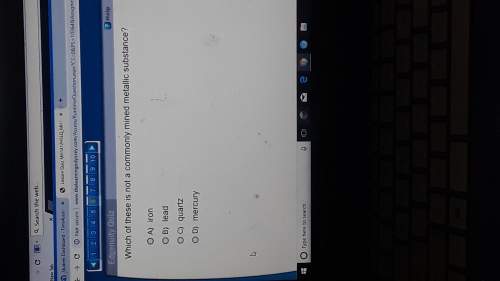
Chemistry, 05.10.2021 23:40 Callmetay24
1) 90.0 g of FeCl, reacts with 52.0 g of H, S. What is the limiting reactant? What is the
mass of HCl produced? What mass of excess reactant remains after the reaction?
NOTE: The limiting reactant is the reactant that limits the amount of product that can be formed and is
completely consumed during the reaction. The excess reactant is the reactant that is left over once the reaction
has stopped due to the limiting reactant.

Answers: 3


Other questions on the subject: Chemistry

Chemistry, 22.06.2019 04:30, salvadorperez26
Suppose that during that icy hot lab 65,000 j of energy were transferred to 450 g of water at 20°c what would have have been the final temperature of the water
Answers: 2



Chemistry, 22.06.2019 22:30, SavageKidKobe
Rank the four gases (air, exhaled air, gas produced from from decomposition of h2o2, gas from decomposition of nahco3) in order of increasing concentration of co2
Answers: 1
You know the right answer?
1) 90.0 g of FeCl, reacts with 52.0 g of H, S. What is the limiting reactant? What is the
mass of...
Questions in other subjects:

Mathematics, 15.12.2020 02:20






Engineering, 15.12.2020 02:20

Computers and Technology, 15.12.2020 02:20


Mathematics, 15.12.2020 02:20




